5 Things You Should Never Put in the Dishwasher
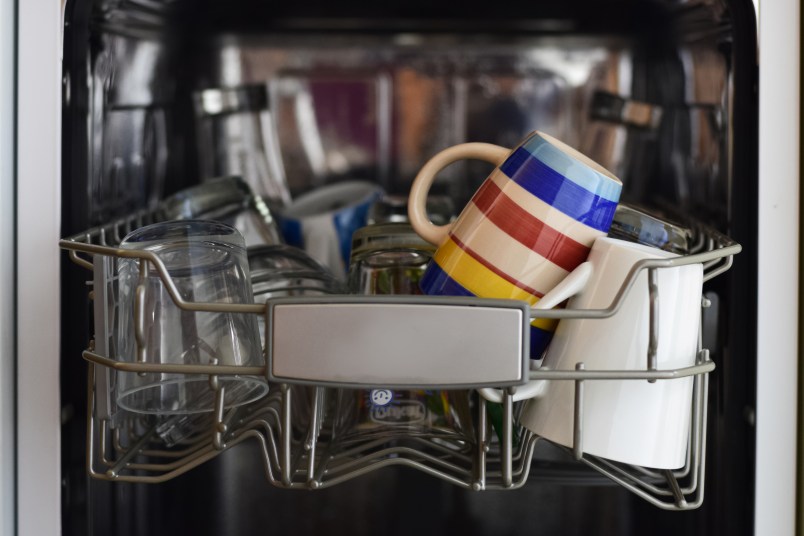
Dishwashers are an amazing invention, right? Instead of spending a good chunk of time scrubbing pots and pans before wiping them off — or letting them dry overnight — you can now just chuck them in the dishwasher. But before you just throw in the towel and toss everything in a rack, make sure your items were actually meant to be washed! Keep reading to find out which five items you really need to stop putting in your Whirlpool.
How to Clean a Cheese Grater or Garlic Press
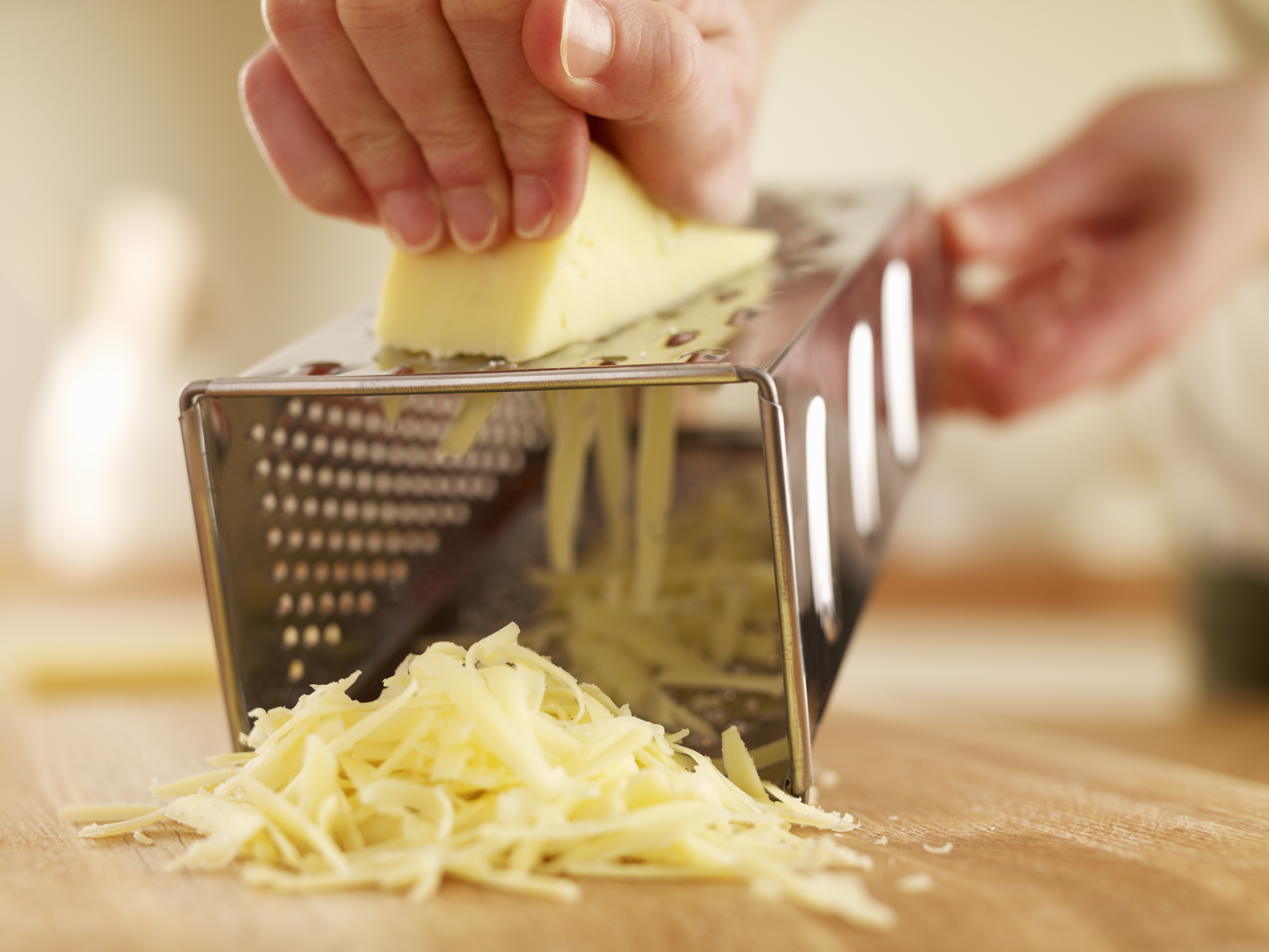
(Photo Credit: Getty Images)
Cleaning a cheese grater seems like a dangerous task, so it makes sense to just run it through the dishwasher, right? Wrong! So how do you clean a cheese grater? First, you want to run the grater under warm water before the cheese has time to harden. Wipe off the remaining residue with a sponge, making sure you scrub in the direction of the blades. If you want a super thorough clean, you can even go in with a toothbrush.
Pro tip: Before cooking, spray your cheese grater or garlic press with a nonstick cooking spray to make cleanup easier.
Perhaps you’ve noticed your garlic press has lost its sheen after a few baths in the dishwasher? That’s because the aluminum that makes up the press reacts with the dish detergent and leaves behind a grayish residue. The best way to clean a garlic press requires warm water, a toothpick, a toothbrush, nonstick cooking spray, and a little elbow grease.
Before using, mist the press with nonstick spray. After you’ve pressed the garlic, give your press a good rub down with the toothbrush. Use the toothpicks to push through and remaining garlic.
How to Clean Cooking Knives
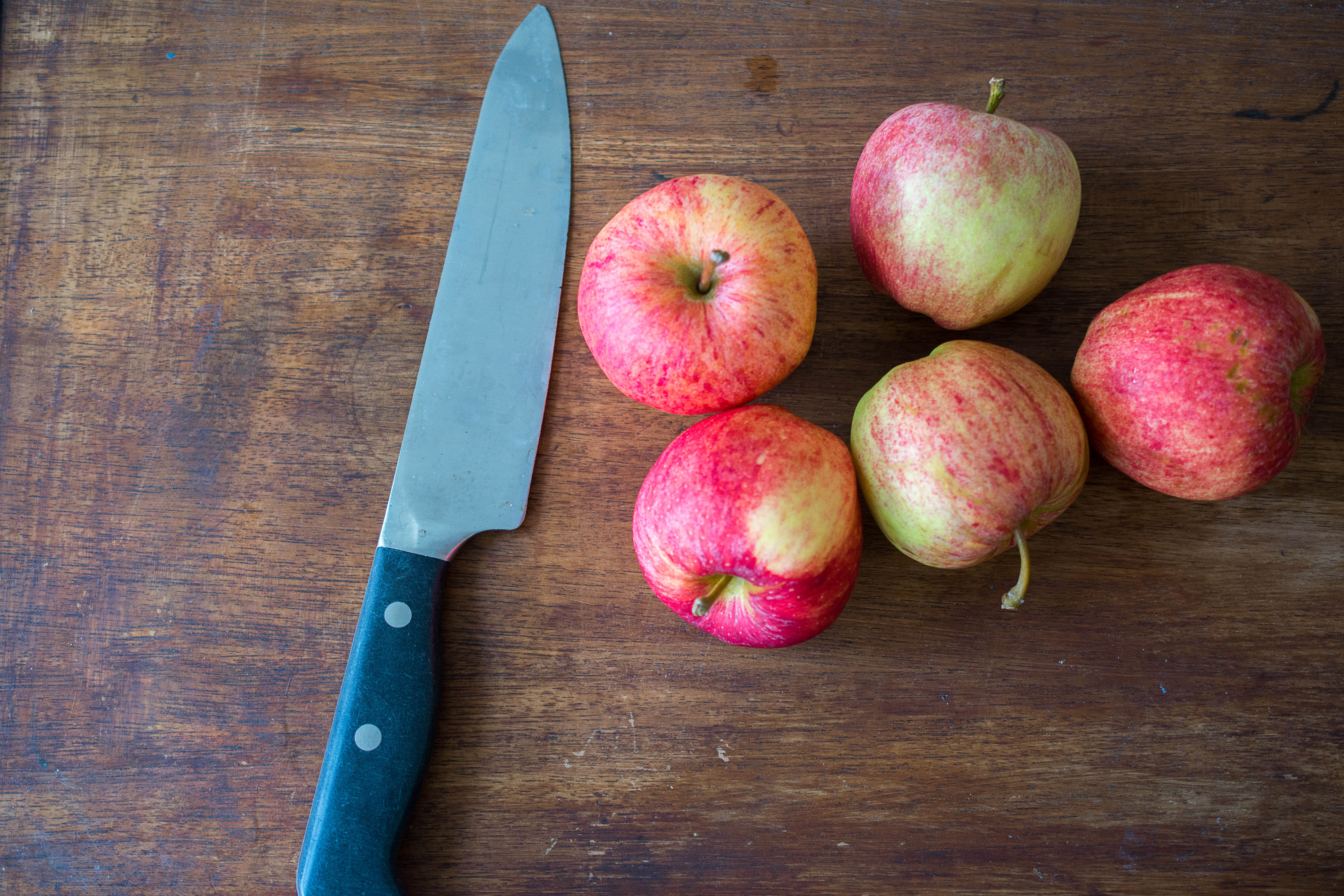
(Photo Credit: Getty Images)
Your high-quality cooking knives shouldn’t see the inside of a dishwasher as the harsh detergent, jostling against other dishes, and high heat can dull the blade and cause nicks. Your knives might even cut your dishwasher, leading to rust.
Instead, what you want to do is handwash your knives. If you’re worried about cutting yourself, you can lay your knife on a flat surface and wipe down each side with some old-fashioned soap and water.
How to Clean a Cast Iron Skillet
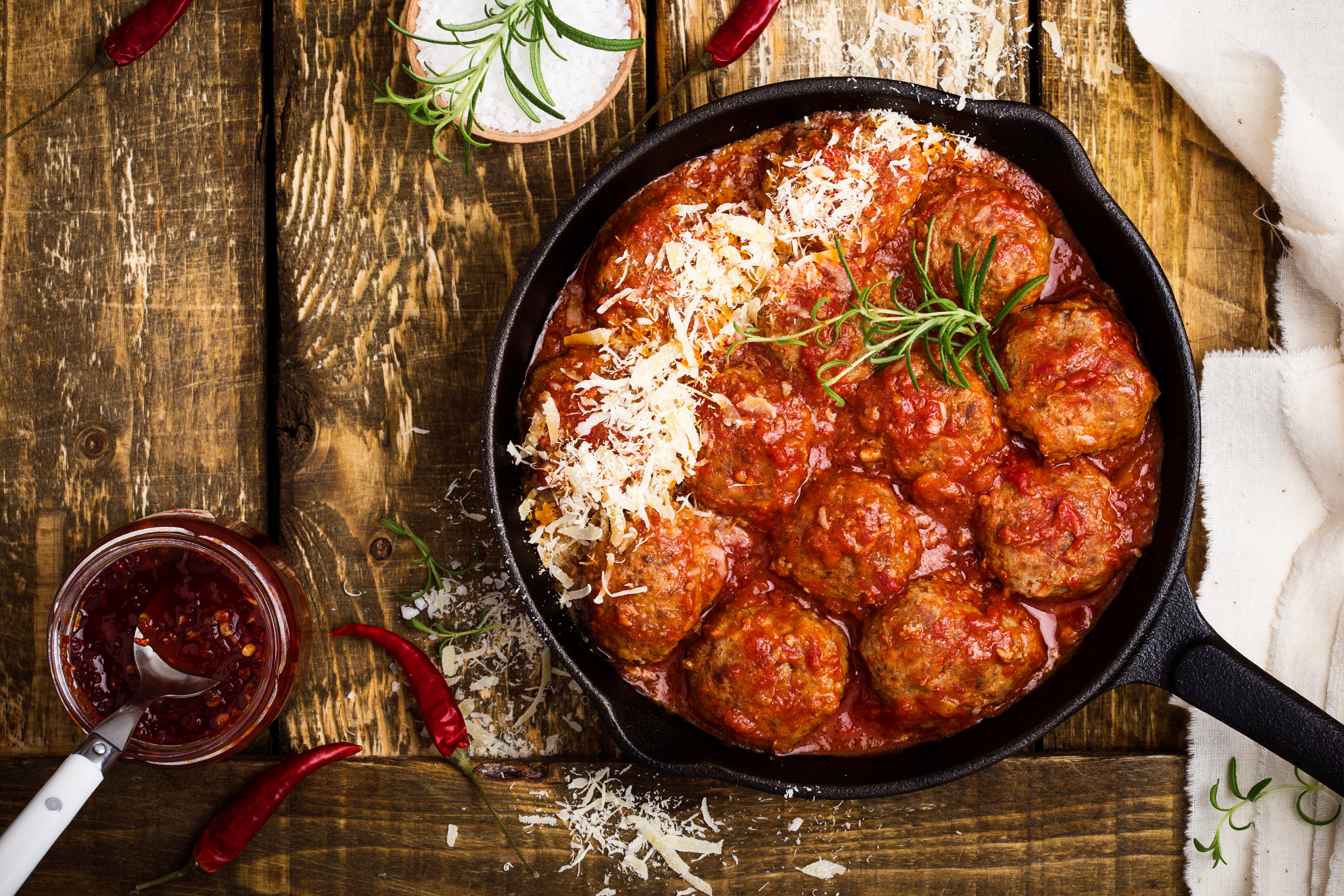
(Photo Credit: Getty Images)
Cast iron skillets are a staple in most home chefs’ kitchens, but cleaning a cast iron skillet is a labor-intensive process. If you put your cast iron in the dishwasher, you’re ridding it of its seasoning (what ensures food doesn’t stick and makes cleanup easy).
So what’s the best way to clean a cast iron skillet? First, you want to wipe off any leftover food or residue. You can do this with just a paper towel, or you can run the pan under warm water and wash with a sponge. If there is stuck-on food, refrain from scrubbing with steel wool, as that will also strip the skillet of its seasoning. Instead, what you want to do is scrub the pan with a thick paste made of kosher salt and water. Boiling water in your pot to soften any stubborn leftovers is another option.
Once you’ve cleaned your cast iron skillet, you want to rub it off and dry it on a stove over low heat. When it has fully dried, rub a light coat of oil or other lubricants on the inside of the skillet until there’s no more residue.
How to Clean a Wooden Cutting Board
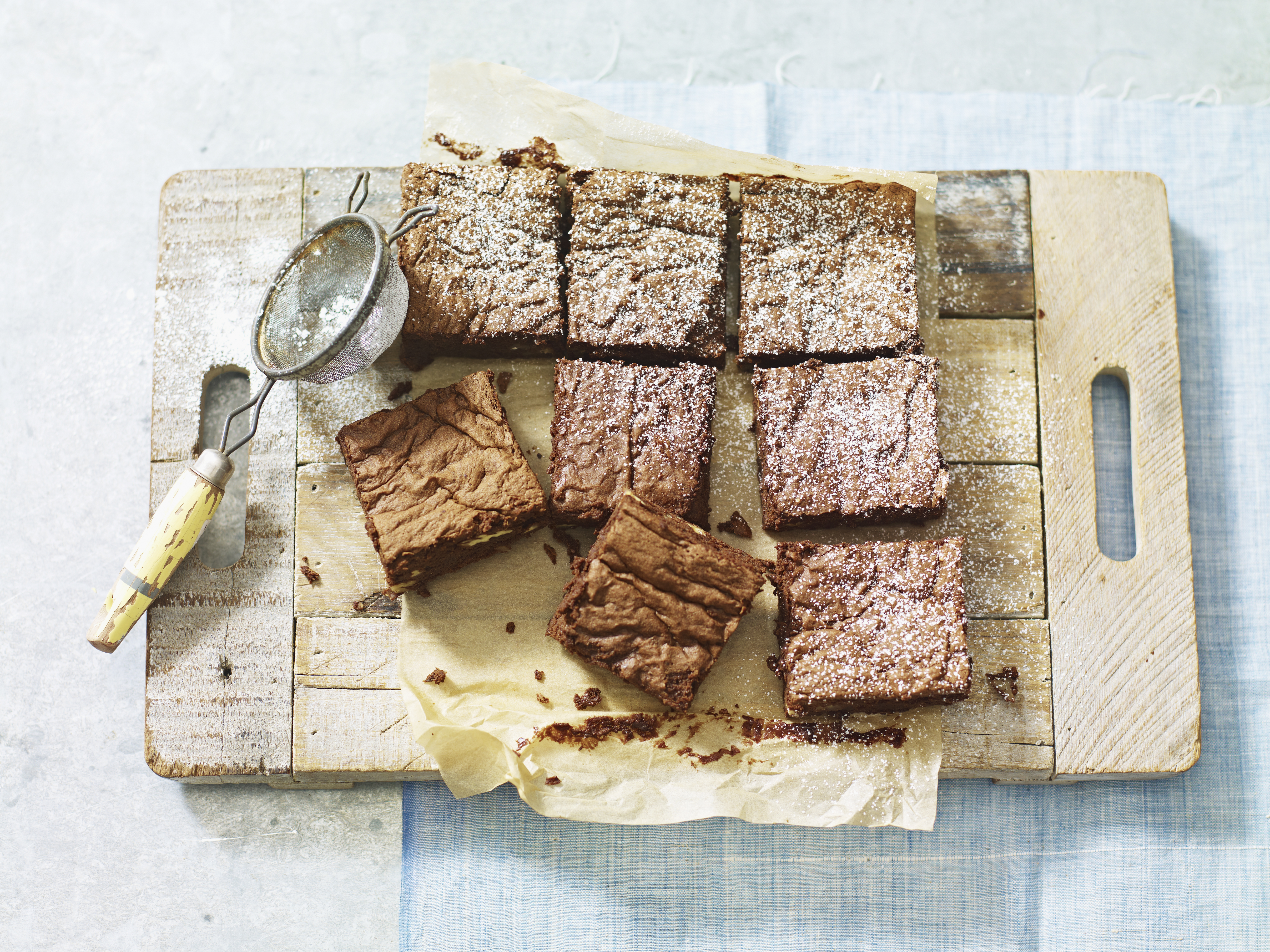
(Photo Credit: Getty Images)
Letting your wood cutting board soak or sit in the dishwasher can cause it to warp and split. Rather, the best way to clean a wooden cutting board is to wash it with soap and hot water before drying it immediately. Then, stand the board up so it can air dry.
How to Clean Nonstick Pans and Copper Pans
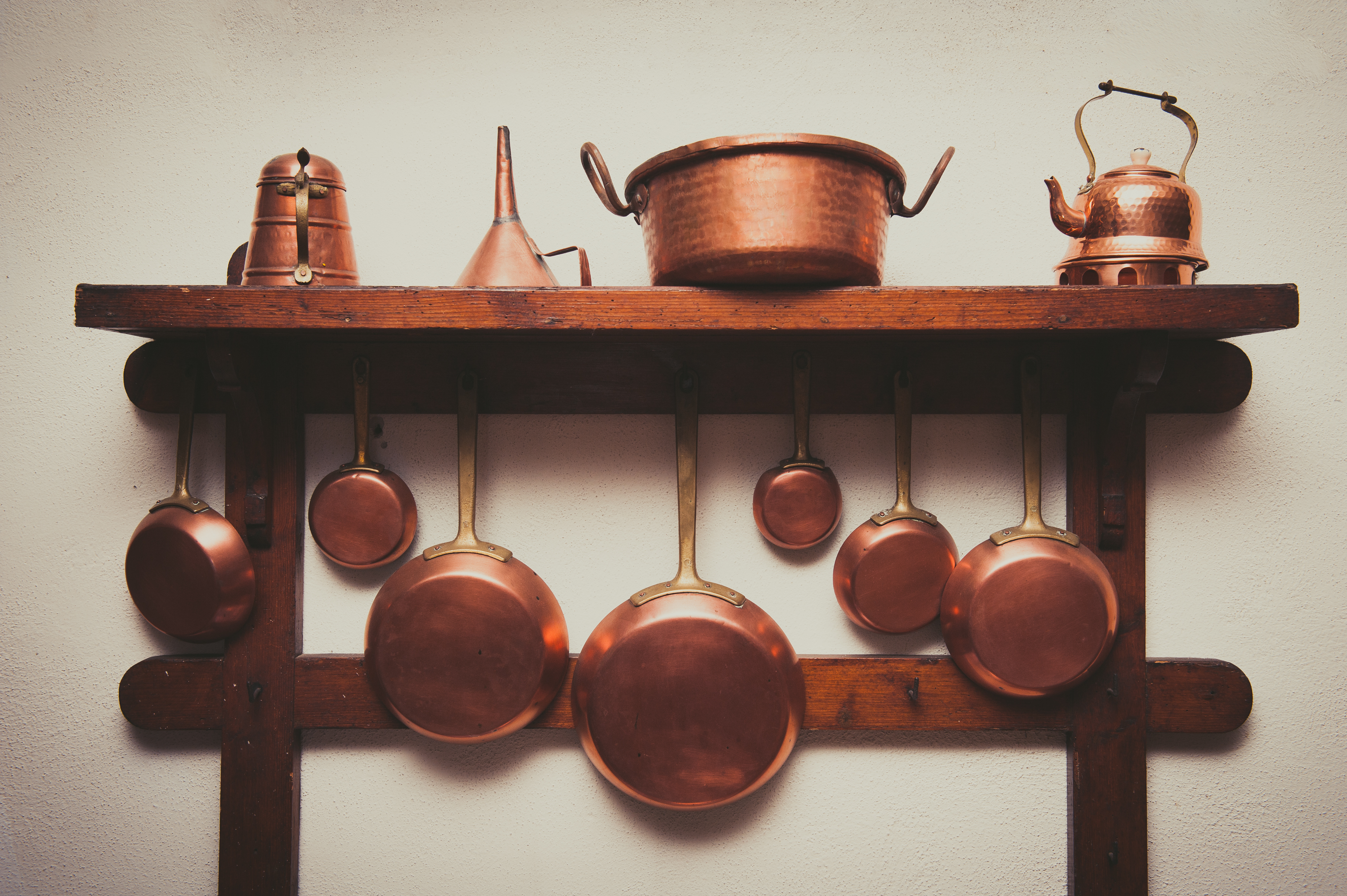
(Photo Credit: Getty Images)
Doesn’t it seem like something always gets stuck on “nonstick pan” pans, despite their name? So if you’re battling caked-on residue, a simple solution to clean your nonstick pan is to fill it with water and 1/2 cup of white wine vinegar and bring that mixture to a boil. The food bits should float to the top, and the rest should be easily removed with a paper towel or soft sponge.
If you’re also wondering how to clean copper pans, you’re in luck: The task requires almost all the same list of supplies as needed to clean a nonstick pan. First, flip the pan upside down in the sink and coat with salt. Then, pour white wine vinegar on top before adding another coating of salt. Let that sit for 15 seconds before scrubbing your pan with a vinegar-soaked sponge.
Remember: Be careful with your dishwasher. Though these modern machines are certainly time savers, they aren’t miracle workers. So help them run their best by only loading them with things that are truly dishwasher-safe!
More from FIRST
3 Foods You Had No Idea You Can Cook in the Dishwasher
The Germy Dishwasher Loading Mistake We’re ALL Making
















